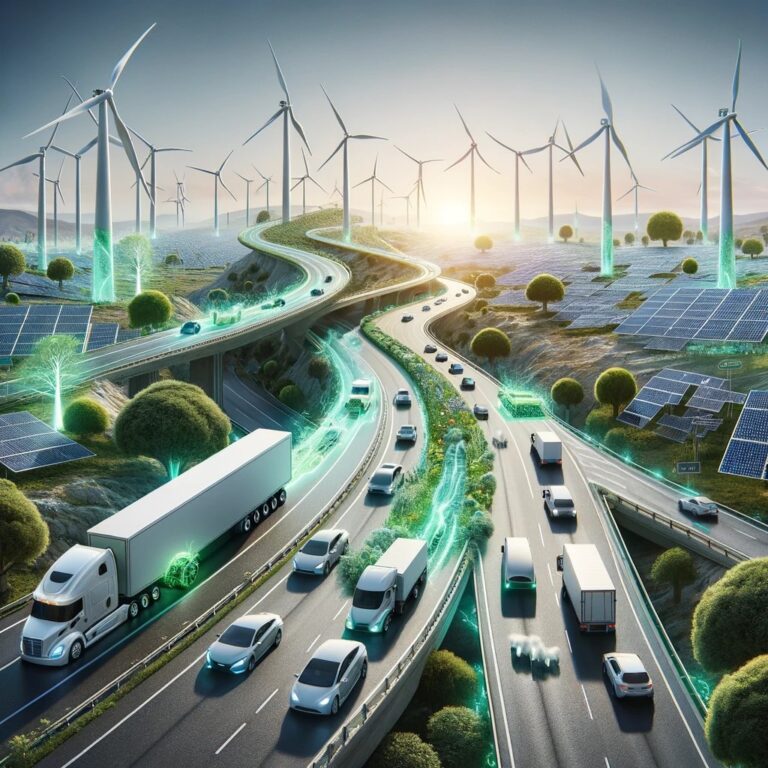
The recent affirmation by the U.S. Court of Appeals for the District of Columbia Circuit of the Environmental Protection Agency’s (EPA) authority to grant California the autonomy to impose its own stringent environmental standards has marked a pivotal moment for the trucking industry. This decision, rooted in the lawsuit Ohio vs. EPA, not only upholds California’s Advanced Clean Cars rule but also signals potential shifts in the regulatory landscape affecting truckers and fleet operators.
California, with its history of pioneering environmental regulations, leverages these EPA waivers to spearhead policies aimed at curbing pollution and combating climate change. The court’s ruling underscores the delicate balance between state-led initiatives and federal oversight in environmental governance. For truckers, this balance is of paramount importance as they navigate the evolving standards that directly impact their operations and livelihoods.
The Advanced Clean Trucks rule, which California can now enforce thanks to EPA’s waiver, mandates a gradual shift towards the production and sale of zero-emission vehicles (ZEVs). This rule, alongside the Advanced Clean Fleets rule targeting cleaner fleet acquisitions, illustrates the state’s holistic approach to reducing emissions from transportation – a sector pivotal to truckers’ everyday operations.
For truckers, the implications of these rules are profound. Transitioning to ZEVs requires significant investment in new vehicles and infrastructure, such as charging stations, that are currently limited in scope and capacity. Furthermore, the operational ranges of electric trucks, although improving, still pose challenges for long-haul routes, potentially necessitating changes in route planning and logistics strategies.
Yet, this shift also presents opportunities. Zero-emission trucks offer the promise of lower operating costs over time, through reduced fuel and maintenance expenses. Additionally, as more states consider following California’s lead, a national shift towards cleaner transportation could spur widespread infrastructure development, making electric trucking more viable across the country.
For the trucking industry, adapting to these regulations means navigating a landscape of legal, logistical, and financial challenges. Truckers and fleet operators must stay informed about regulatory changes, invest in new technologies, and potentially reevaluate their business models to align with a greener future.
As California continues to drive environmental policy forward, the trucking industry stands at a crossroads. The path towards sustainability offers both hurdles and opportunities, but one thing remains clear: the impact of these environmental waivers will resonate through the industry for years to come, shaping the future of trucking in California and beyond.



